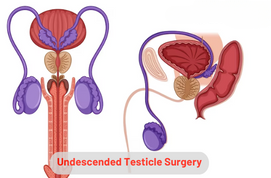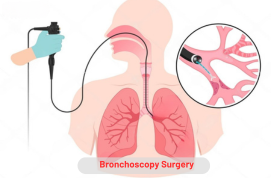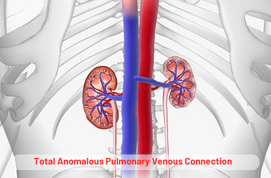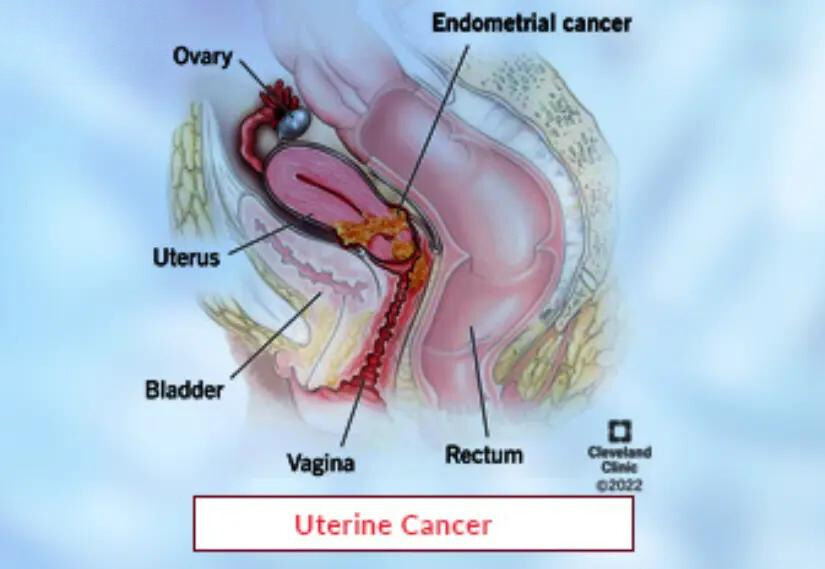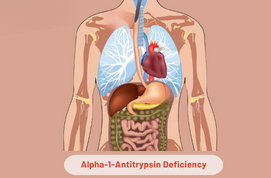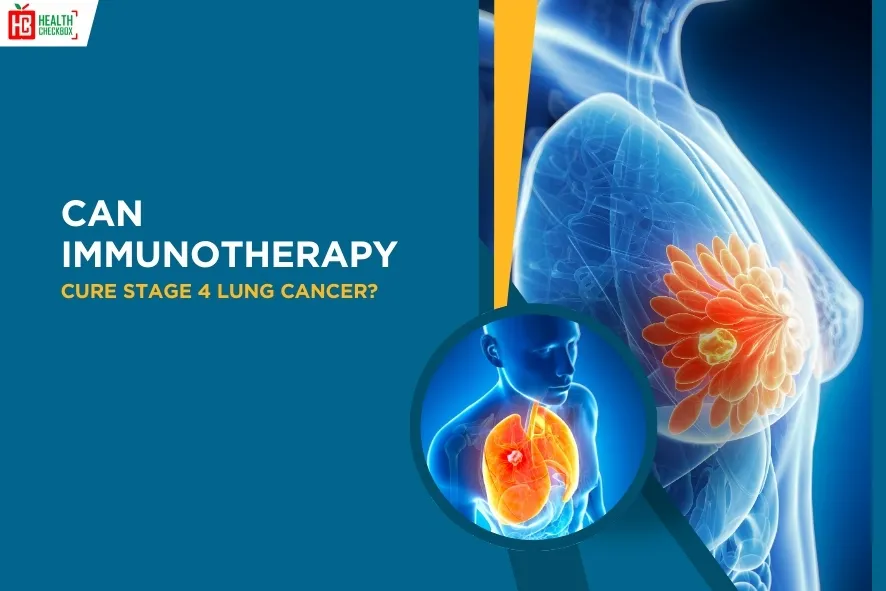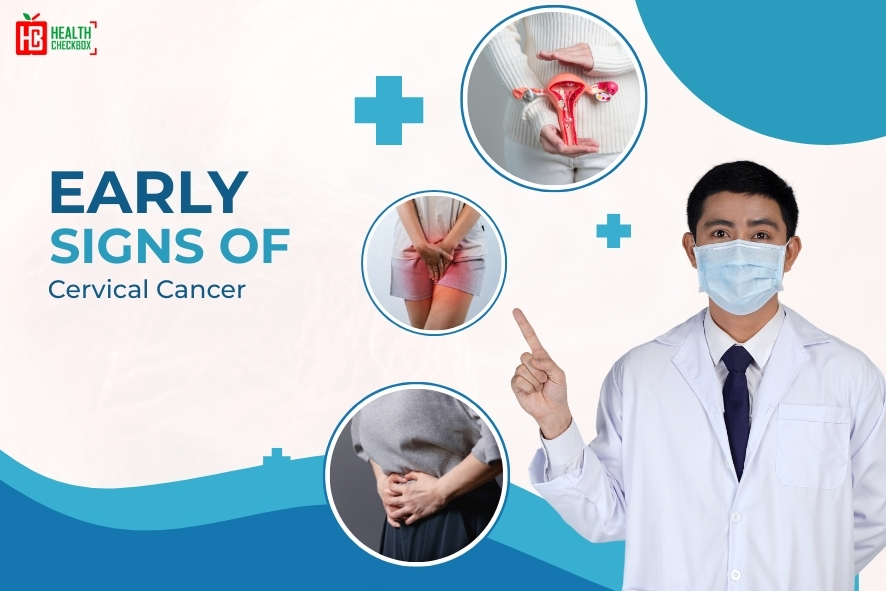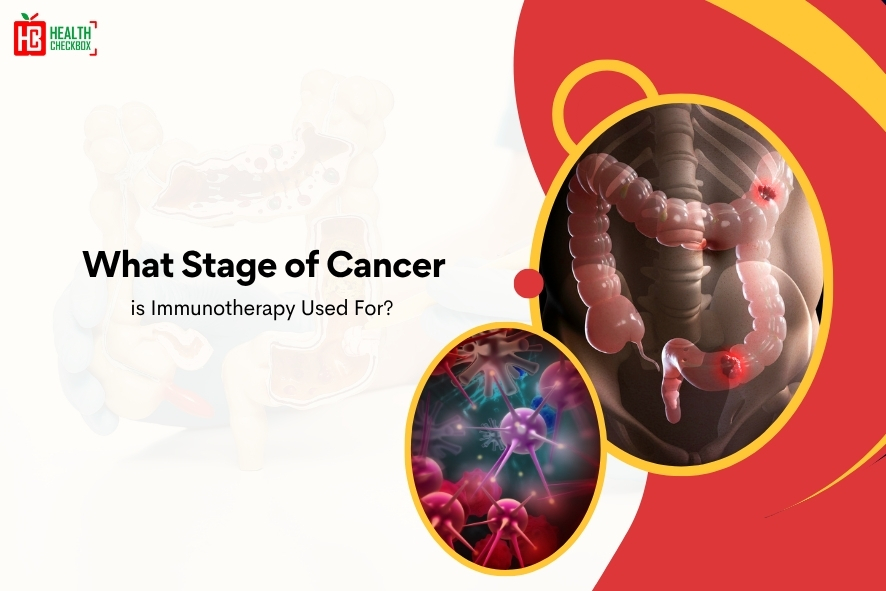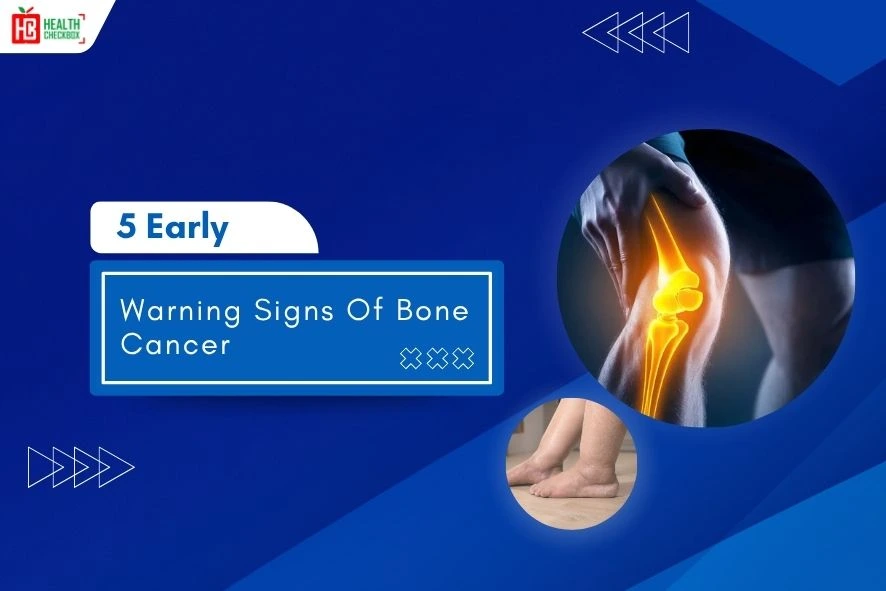When an involuntary muscle spasm prevents vaginal intercourse or other vaginal penetration, it is known as vaginismus. This can cause discomfort during sex attempts. This involuntary contraction of the vaginal muscles might be an older term for pelvic floor dysfunction.
Women in their late teens to early thirties are more likely to be diagnosed with this, though it can affect anyone with a vagina. A pelvic exam, the insertion of a tampon, or the first attempt at sexual activity are just a few of the circumstances involving the condition. Some individuals may develop a sexual disorder later in life after previously engaging in painless sexual activity, while others may experience it throughout their lifetime.
Types of Vaginismus
Below are the two primary forms of this disorder:
- Primary: Whenever anything, including a penis, enters a woman’s vagina, she experiences pain, or she has never been able to insert anything into her birth canal. It is also known as vaginismus for life.
- Secondary: This kind appears later in life, frequently following a period of painless penetration. It may be brought on by a number of things, such as emotional or physical suffering by the patients.
Symptoms of Vaginismus
The early signs of contracting muscles around the vagina include pain during attempted penetration, but there are several other vaginismus symptoms, such as:
- Difficulty or inability to insert tampons.
- Pain during pelvic examinations.
- Extreme anxiety or terror related to penetration.
- A burning or stinging feeling when trying to penetrate.
- The sensation that your vagina is physically closed up or confined.
- Tension of the thigh, abdominal, or buttock muscles that occurs involuntarily.
Causes of Vaginismus
It can cause physical or psychological issues. These causes are listed below:
- Past experiences with sexual assault or trauma.
- Fear or anxiety associated with sexual activity.
- Infections or hormonal imbalances.
- Birth-related issues or unpleasant early sexual experiences.
- Pelvic surgery.
- Side effects of medications.
- Menopause.
Risk Factors for Vaginismus
Below are some of the risk factors that can contribute to this condition:
- Poor health
- UTIs or yeast infections
- Chronic pain syndromes
- Endometriosis
- Mental health condition
- Trauma from a gynecological examination.
Estimate Cost of Vaginismus Treatment
The cost of this treatment generally ranges between 1,50,000 to 3,00,000, depending on factors these include:
- Type of treatment
- Duration
- Clinic location
- Doctor’s experience.
Procedure of Vaginismus Treatment
Here is the process to cure vaginismus treatment from before to after the procedure:
Medical Assessment
Before starting treatment, a healthcare professional performs a medical evaluation. They will be focusing on ruling out of any underlying medical conditions or infections that might contribute to the symptoms. This may involve a process of physical examination, medical history review, and laboratory tests.
Pelvic Floor Muscle Training
An important part of treating vaginismus is through the use of various kinds of therapies. It uses relaxation methods, biofeedback, and pelvic floor muscle exercises. It helps people to learn how to control their muscle contractions and simplify tension.
Counseling and Psychotherapy
Psychological counseling is one of the most important aspects that therapists use to treat vaginismus. It seeks to address any trauma, anxiety, or emotional aspects connected to the illness. Some experts can use different methods, such as cognitive-behavioral therapy to address negative beliefs, fears, and thoughts related to sexual activity.
Exposure and Desensitization Over Time
This procedure involves gradually introducing vaginal penetration with medical dilators or other appropriate devices. The treatment is carried out at a pace that is convenient for the client, allowing them to grow acquainted with the sensations and progressively overcome any fear or discomfort.
Education and Support
Healthcare providers give patients a thorough education regarding their illness, including anatomy, sexual response, and strategies for maintaining success. Healthcare doctors advise patients to communicate openly. To seek assistance from their spouses or support groups as needed.
Our Other Services
Latest Health Tips
Can Immunotherapy Cure Stage 4 Lung Cancer?
Early Signs of Cervical Cancer
Foods that Kill Cancer: Leafy Vegetables, Grains, & More
What Stage of Cancer is Immunotherapy Used For?
Which is Worse for Cancer, Sugar or Alcohol?
Vaccines That Prevent Cancer
What Kills Cancer Cells in the Body Naturally?
5 Early Warning Signs of Bone Cancer
Submit Your Enquiry
Testimonials












